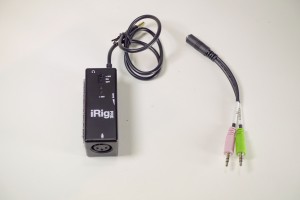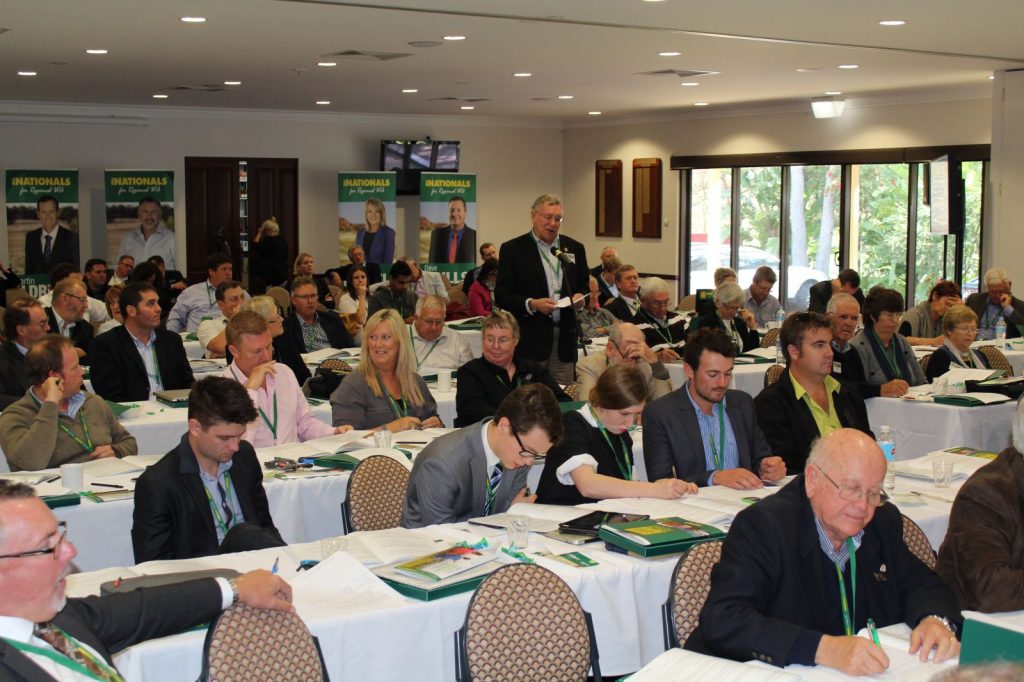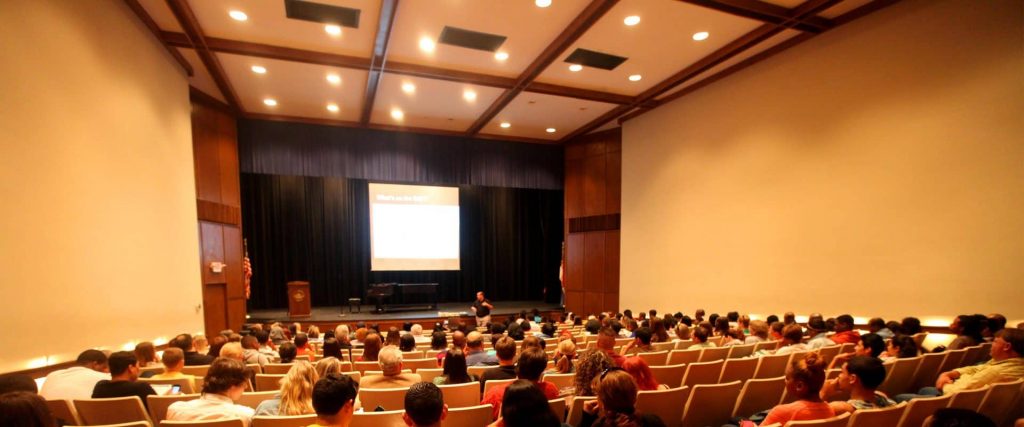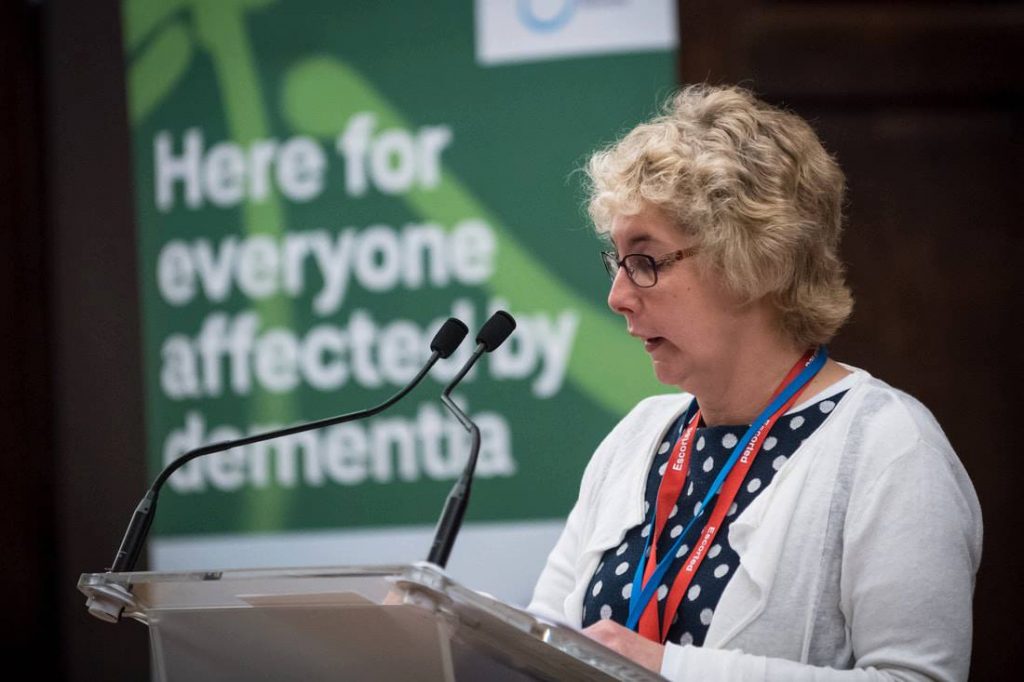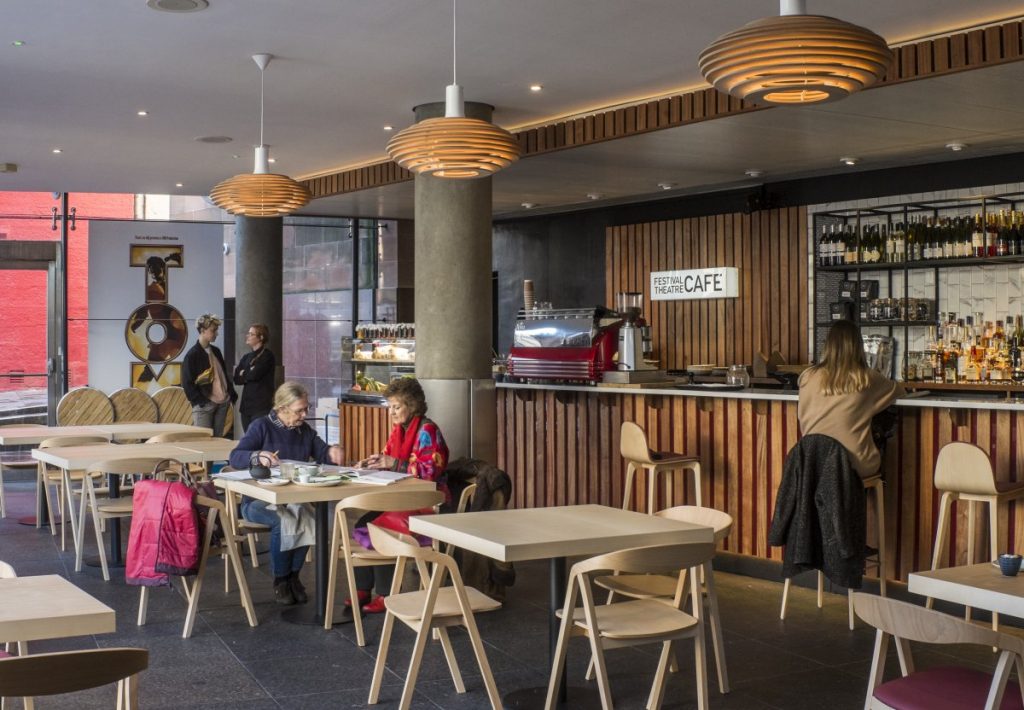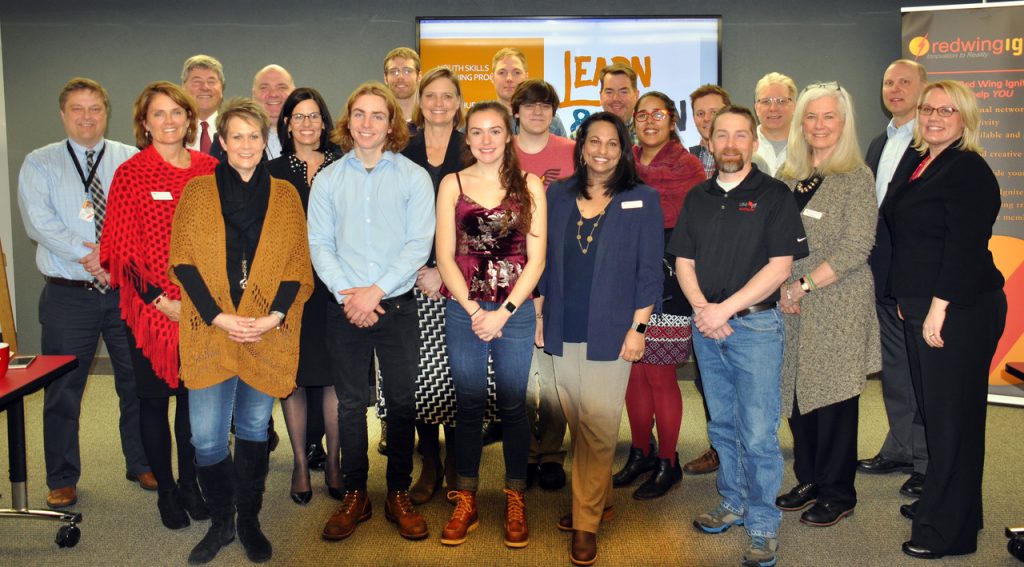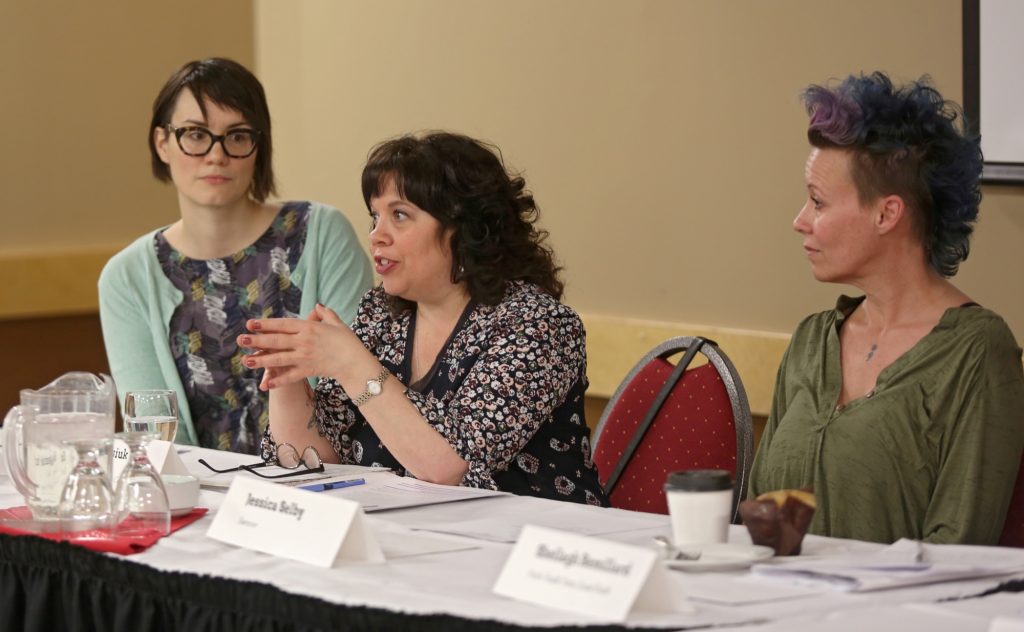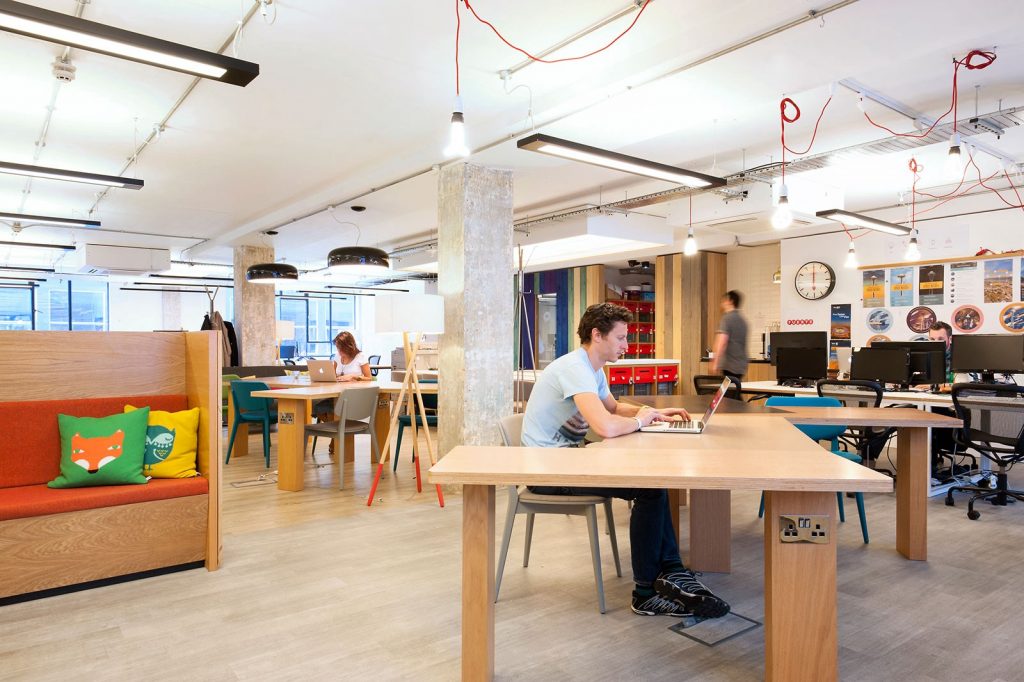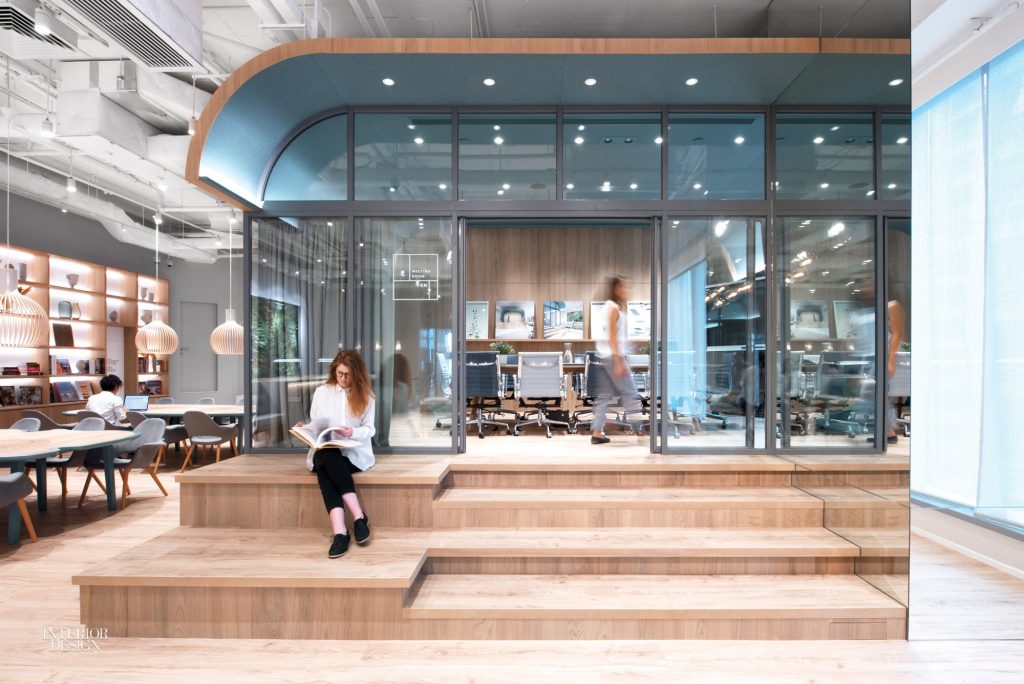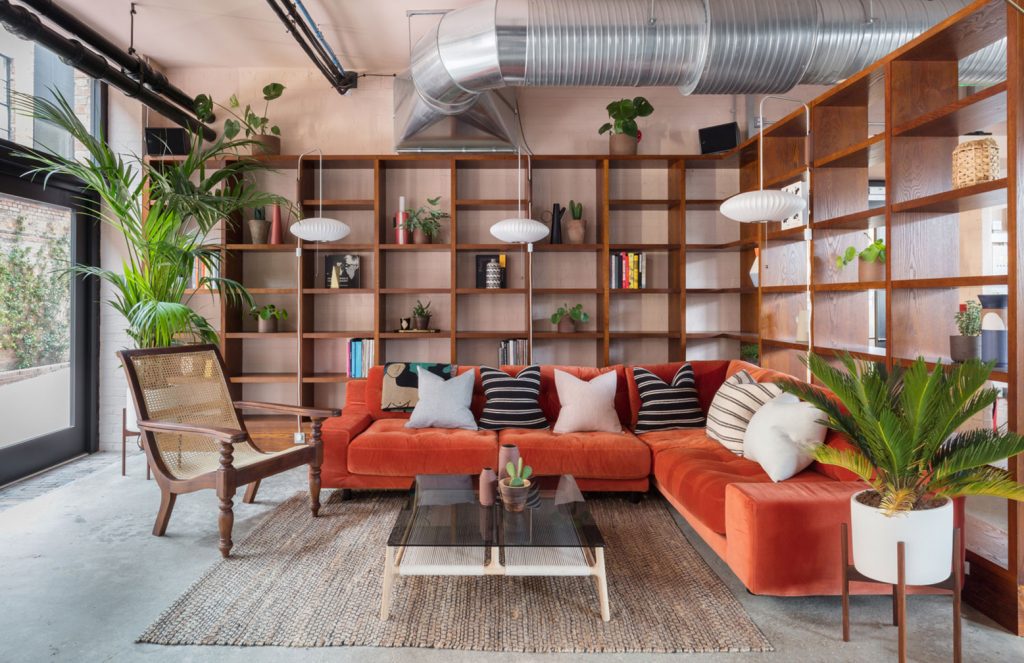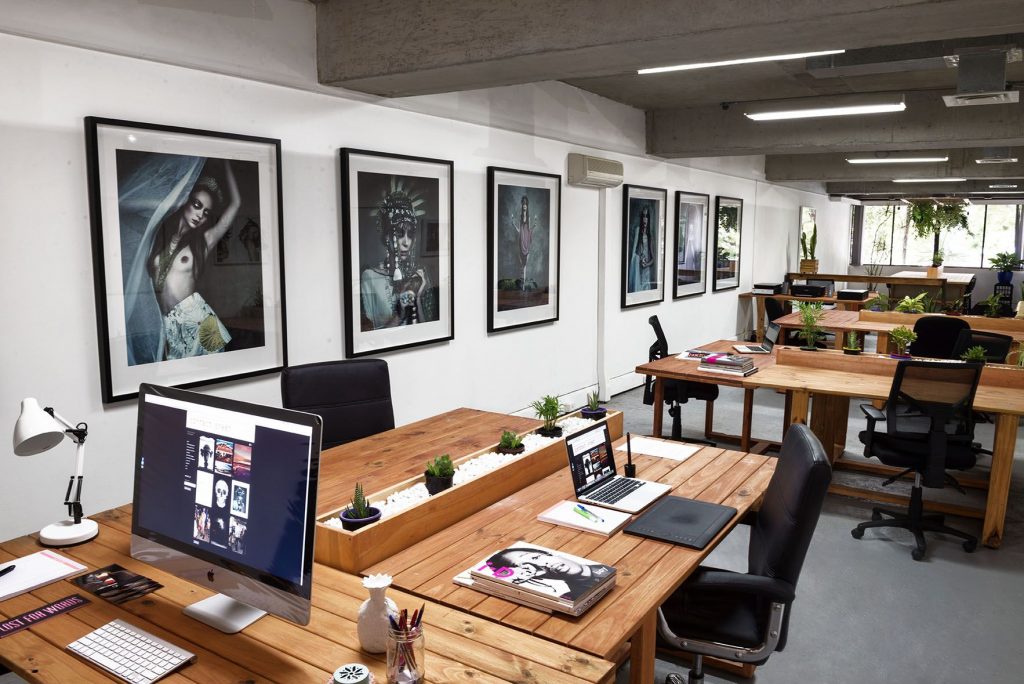Can a newly minted full-frame video and still shooter find happiness using a bunch of 80’s -era compact cheap lenses? Could the old Nikon Series E lenses be the Sony E-mount lenses of choice for the new A7s in full frame mode?
Well, the jury is still out but all early indications are definitely YES! The old Nikon Series E lenses, the compact, cheap-but-sharp, E-for-economy lens line Nikon made back in the 80’s, are in many ways the perfect complement of manual focus lenses for the Old Man in Motion, who, as you know, is interested in gear that does the job admirably, but is smaller, lighter, (and cheaper).
When the Sony A7s burst onto the scene, it presented a bit of a dilemma for me. Sure, I had to have this low-light video shooting monster…12 megapixels of moire -free, artifact-free video goodness that can shoot in the dark. Up to this time, I had been using my Sony RX10, with its one inch chip and built-in 24-200mm f/2.8 Zeiss, as my “shot-getter,” and switching to the APS C sized A6000 for my ultra-wide work, and my work with faster primes for that delicious bokeh.
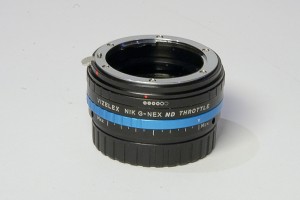
It was a nice combo and I was happy. But when a game-changing camera like the A7s comes along, one that allows you to shoot great looking video in dark conditions (remember, still shooters…1/50th of a second is our bottom shutter speed in the video game, which is why videographers are always drooling for f/.95 lenses and other optical arcania), I had to go.
Now you can use the A7s in APSC mode with all the Sony lenses (and their nice OSS Optical Image Stabilization and fast autofocus) in video mode with virtually no loss of quality (in fact, the effects of rolling shutter are even lessened a bit). But when it came to really low light, or if you really wanted very soft bokeh, you needed to go full frame.
Likewise for shooting stills…in APSC mode, you’re only using maybe 7 of the 12 megapixels, and that’s a tad low, even for me, someone who’s never been overly concerned with the megapixel race.
So did that mean that I’d have to buy a whole second set of full frame Sony E lenses (not that there’s that many of them yet…c’mon already with the lenses Sony:-). Or would I have to break out my aging collection of vintage Nikkor f/2.8 and faster zooms and primes (which I can and will do, if I have an assistant and am working out of the car). Wouldn’t carrying these bigger lenses on the road kind of negate one of the whole reasons for going mirrorless? What happened to “smaller and lighter?”
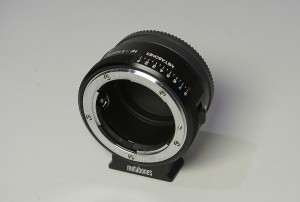
The old Nikon Series E line (they didn’t even give them the coveted “Nikkor” designation) were appreciated by those of us who needed to travel light, even back in the manual focus film days. I used to use the 50 and 75-150mm a lot but I was kind of embarrassed to admit it until the late, great Galen Rowell began singing their praises in Outdoor Photographer. Then, it was easier for the rest of us to come out of that Series E closet:-).
To adapt them to my Sony, I usually use a Metabones adapter…very well made and it includes a built-in Arca Swiss QR plated tripod mount, which is great and provides good balance on longer, heavier Nikkors as well as the 70-150mm above.
But I am also experimenting with the Fotodiox Vizelex ND Throttle adapter, because, hallellujah, it has a variable ND filter, 2-10 stops, built right into the adapter! So outside in bright light, you don’t have to be screwing ND filters onto the front of each lens to get your desired aperture, because it’s in the adapter (in low light, of course, you use an adapter like the Metabones that has no ND at all). It’s a pretty ingenious system and so far, I don’t see any bad issues with sharpness, but I’m still testing.
Are the Series E lenses as rugged and well made as the Nikkors? No.
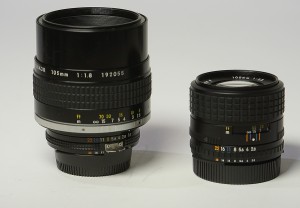
Are they pretty damn sharp, half the size and weight of equivalent Nikkors, and can you usually pick them up for under a C-note? Yes! (And I don’t know about you, but my mountain climbing days are long over, and while I don’t baby my gear, these were made back in the 80’s, when everything was built like a tank, so they do fine by me). I’ll probably still shoot the majority of my A7s video work in APS C mode with the Sony E glass, but I’ll throw the Series E stuff in the suitcase for those occasions when I absolutely, positively need to shoot full frame. They’re light enough, rugged enough and cheap enough to travel nicely wrapped up in the checked bag.
As for sharpness and the lowlight performance of this combo, I point you to the video below I did last year about the Day of the Dead in Oaxaca. I went back this year with the A7s/Series E combo and swapped out some of the lowlight footage. So if you’ve seen this video before, you don’t have to watch the whole thing (unless, of course, you feel so compelled:-). Just watch from 3:48 through 4:03 to catch a nice sample of “seeing E to E!”
